Before the widespread availability of secure digital wallets like Maya (formerly PayMaya), the local e-commerce scene was hampered in its growth potential, as not all websites were able to offer payment methods that were accessible to potential customers. As a result, websites were often not much more than online catalogs that customers would check to see what was available before they headed out to a brick-and-mortar store.
Of course, things are quite different today. Filipino consumers now have more payment options available to them than ever before. Unfortunately, not all online businesses offer the payment methods their target customers prefer. If a business is not able to offer these methods on its website, they’re likely missing out on growth opportunities in an important e-commerce channel. In this article, we’ll look at a few important payment methods that Filipino businesses can explore to better match the needs of their customers.
1) Secure Digital Wallets
Digital wallets (also called e-wallets or virtual wallets) from providers such as Maya and GCash are in a position to become the country’s dominant online payment method very soon. These platforms enable users to load credits into a secure online account from their banks, remittance services, or other methods. These credits can then be used for quick and—most importantly—secure online payments.
Given the growing popularity of digital wallets, businesses should choose an online payment processing company that seamlessly facilitates them. Today, solutions like Maya Checkout are making it easy for businesses to expedite payments from a variety of popular and emerging digital wallets, credit and debit cards, and even virtual payment cards.
2) Bank Transfers
Today, direct bank transfers are a reliable and widely accepted payment method in the Philippines, often used for bills payments and remittances. In e-commerce settings, they’re often preferred by individuals who place more trust in traditional financial institutions as well as those who want to avoid sharing credit or debit card details online. Some individuals also believe that bank transfers may offer them more control of their finances.
Online businesses that offer direct bank transfers as a payment option can cater to customers who value security and financial control. However, it’s worth noting that significant numbers of Filipinos remain unbanked. Also, even individuals with bank accounts may prefer other payment methods. Given this, businesses that target Filipino consumers should also offer a variety of other settlement options.
3) Credit Cards
Credit card penetration is relatively low in the Philippines, with just 8.1% of Filipinos owning a credit card at the end of 2021. However, with the country’s increasing prosperity, adoption is seen to grow as more Filipinos start to qualify for them. Additionally, offering this method is usually desirable because individuals who do own credit cards may make more frequent purchases.
With these things in mind, Philippine businesses should consider accepting credit card payments, especially when pursuing high-value market segments. By leveraging secure internet payment solutions like Maya Checkout, businesses with existing websites can readily accept card payments, ensuring a smooth and secure checkout process for customers. Alternatively, businesses that don’t have their own e-commerce sites can also accept card payments through Payment Links—another payment processing service from Maya that only requires them to send a payment link to their customers’ preferred messaging app.
4) BSP National QR Code Standard (QR Ph)
In early 2021, the Bangko Sentral ng Pilipinas (BSP) introduced the National QR Code Standard to promote interoperable and secure person-to-person and person-to-merchant transfers. If you’re not yet using QR codes to accept payments, create your own now! Businesses like yours can readily accept QR code payments from various e-wallets and mobile banking apps, while your customers can enjoy a convenient and contactless payment option.
5) Buy Now, Pay Later (BNPL)
The buy now, pay later (BNPL) model has slowly gained traction in the Philippines, offering customers the flexibility to make purchases and pay for them in installments. Collaborating with BNPL providers allows online businesses to attract customers who prefer deferred payments, potentially increasing conversion rates and overall market penetration.
6) Over-the-Counter Payments
While this method has become less popular in recent years, many customers still prefer to pay over the counter at physical locations like banks, payment centers, convenience stores, or remittance outlets. And although these payment methods are no longer as important as before, local businesses that want maximum market penetration should still consider offering this method, especially because some customers are not yet as digitally savvy and may prefer to pay using cash due to security concerns or because they have limited access to electronic devices.
7) Cash on Delivery (COD)
Cash on Delivery remains popular in the Philippines, especially for more traditionally minded customers who prefer to pay in cash. COD is often preferred by shoppers who are concerned with online scams, as this method can allow them to verify a product’s quality and authenticity before payment. It’s also worth noting that for the sizable number of Filipinos who are unbanked, do not have a secure digital wallet, or live far from remittance centers, COD may be the only payment method available to them.
Offering COD is also important as it allows online businesses to build trust. This is true for the Philippine market where instances of consumer fraud are still commonplace. When skeptical customers see that an online store offers both COD and favorable return policies, it may help push them toward making a purchase, even through other payment methods.
Conclusion
Filipino shoppers have always been diverse, and this has not changed with the recent rise of Philippine e-commerce. Offering a range of appropriate payment methods is vital for online businesses to be able to drive conversions and build trust in their respective target markets. By thoroughly understanding the preferences of their target markets and choosing the right mix of



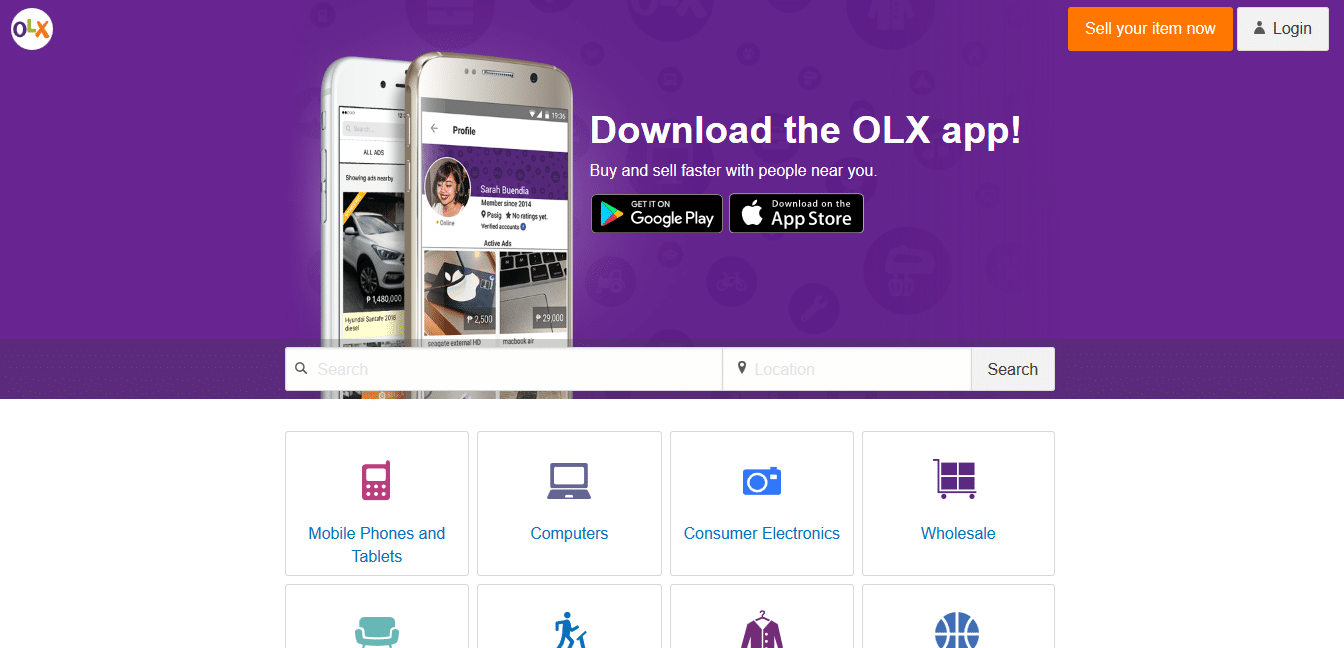
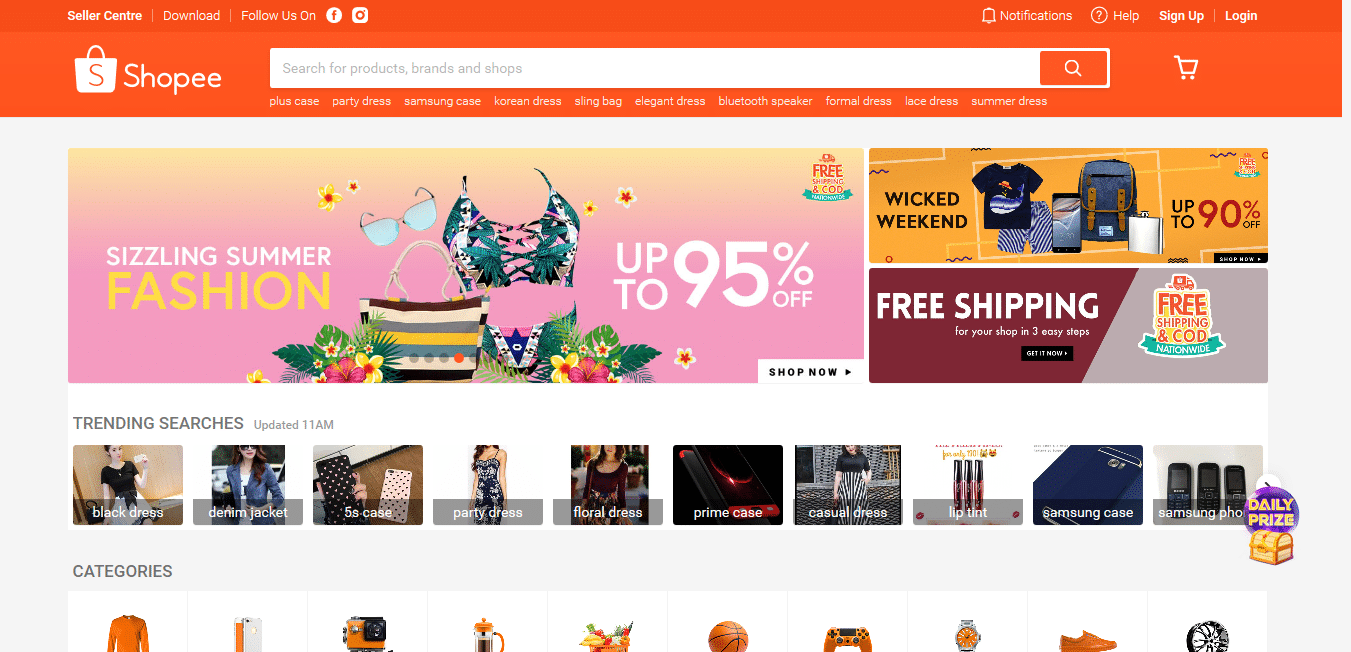
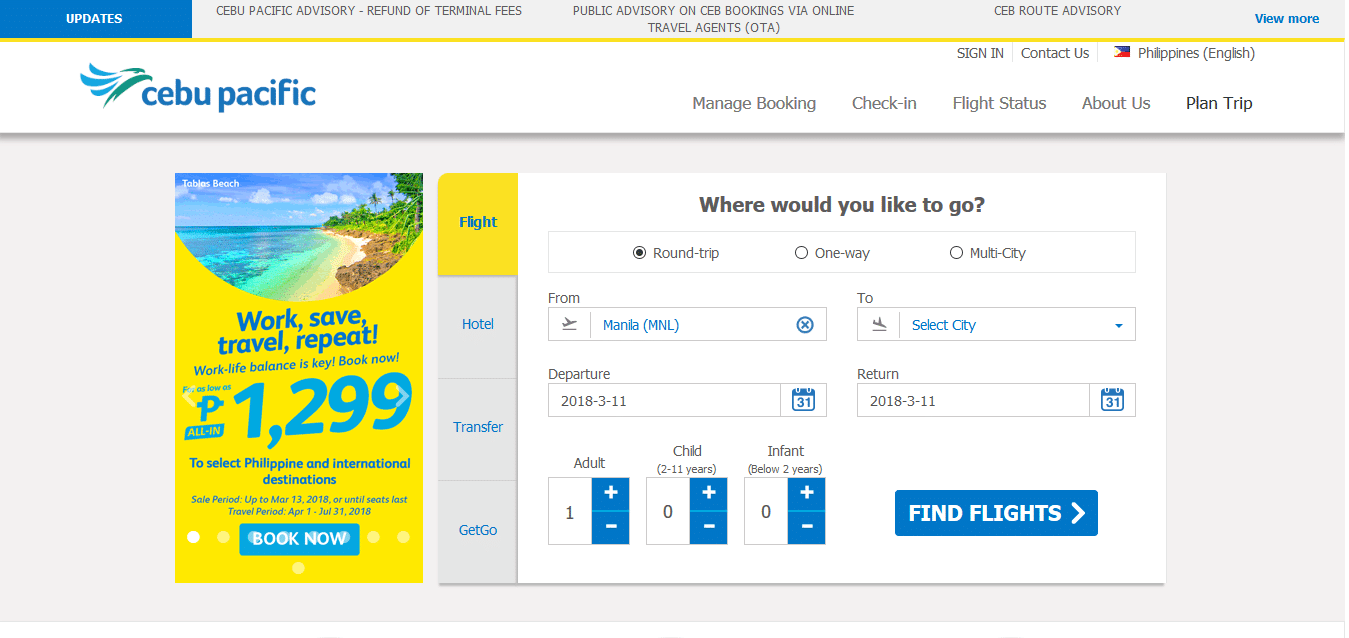

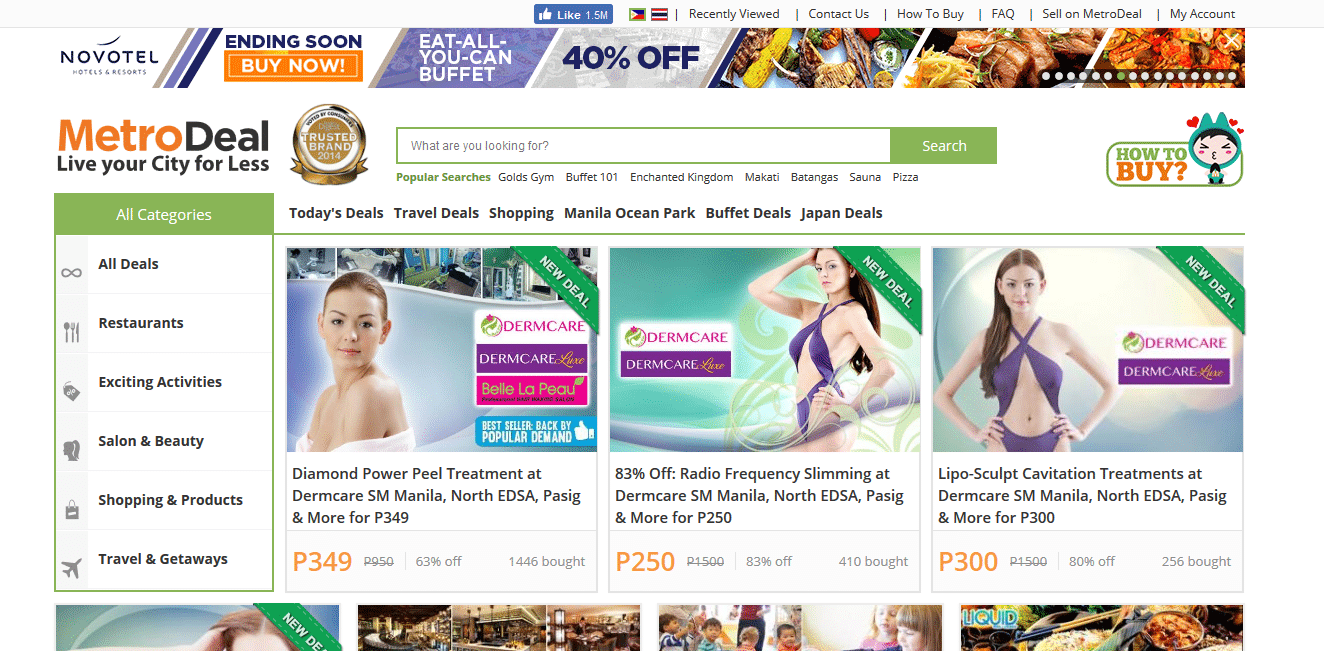

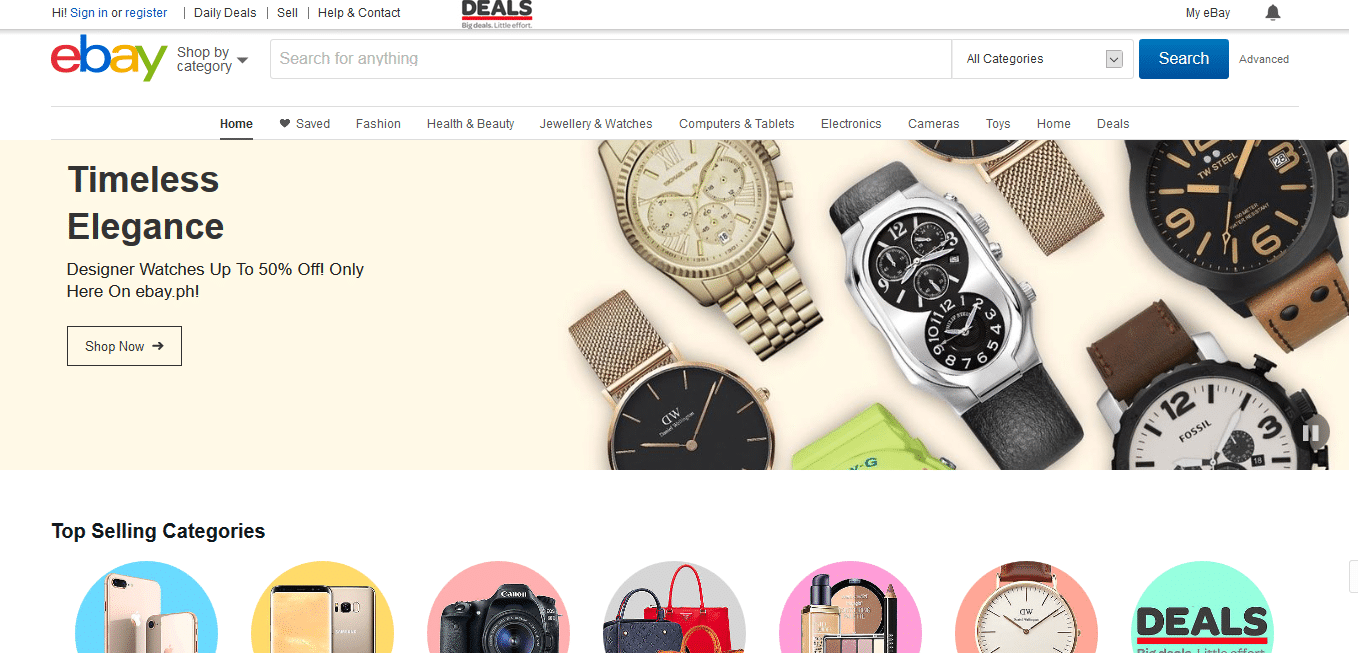
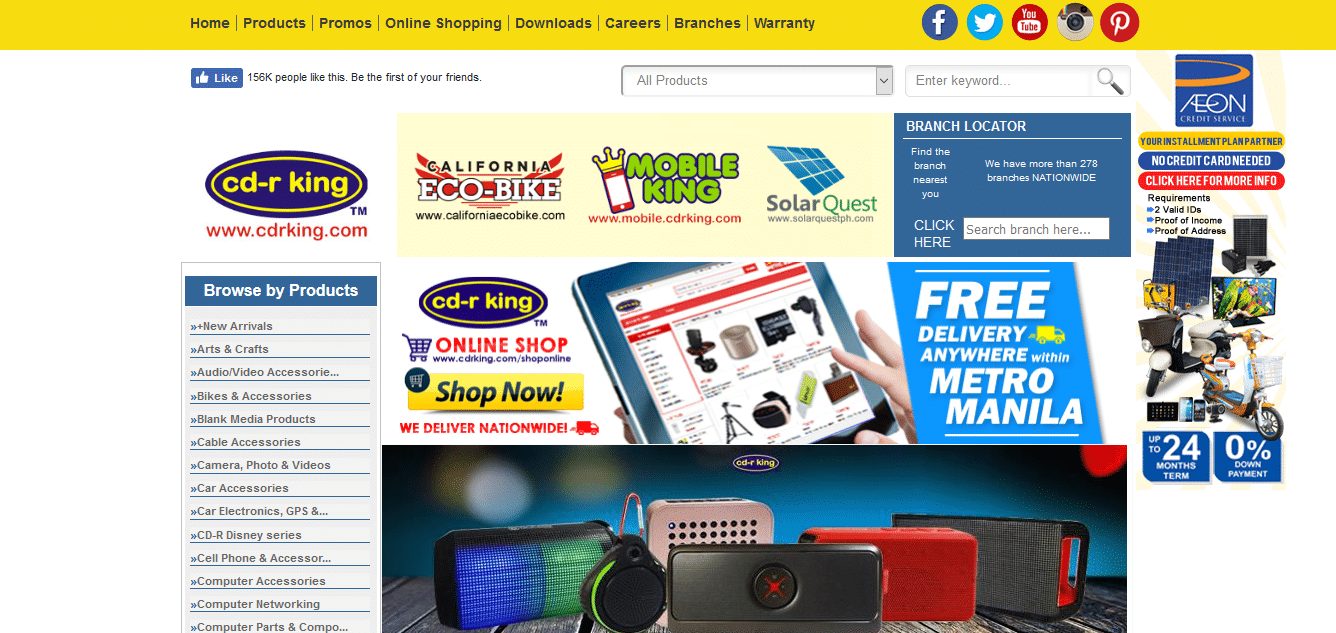
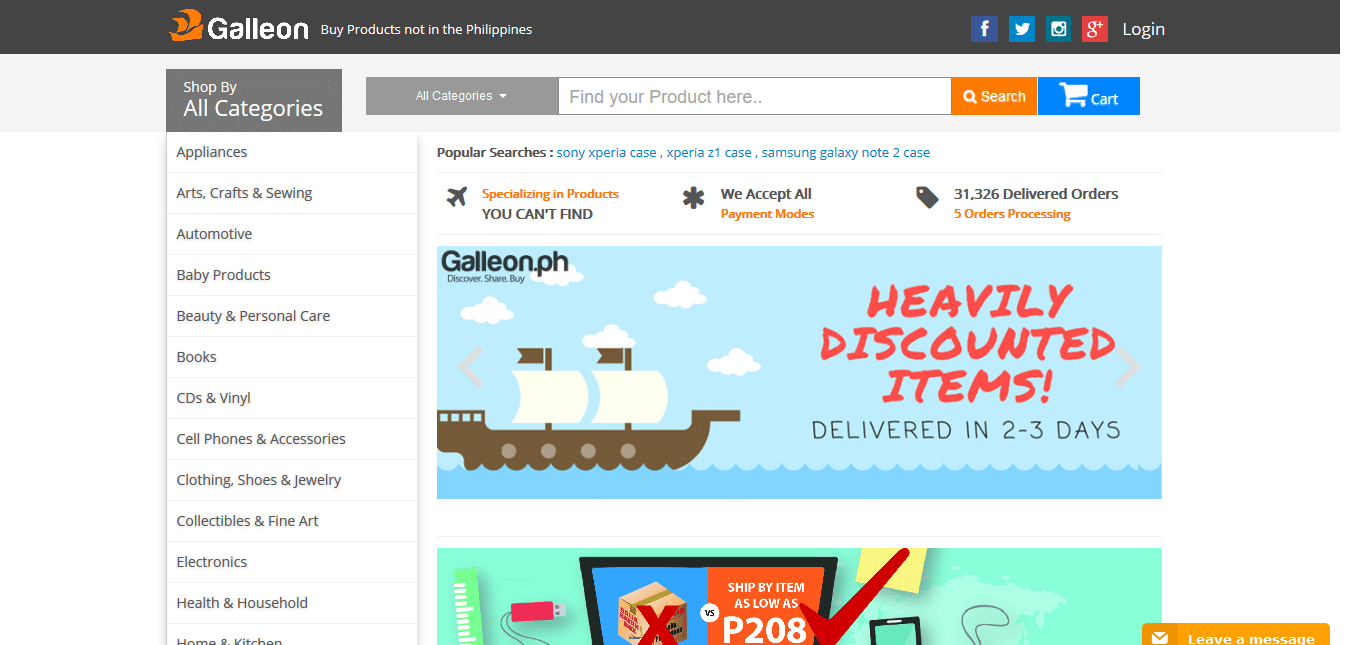
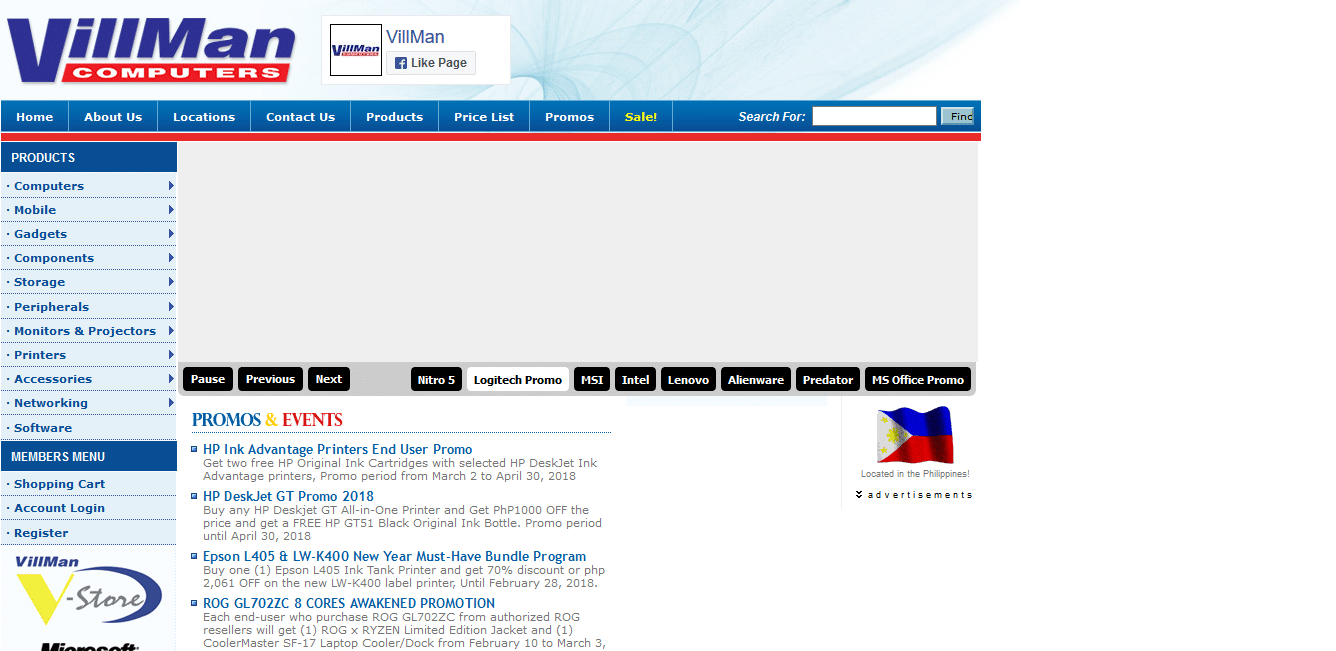

Latest comments